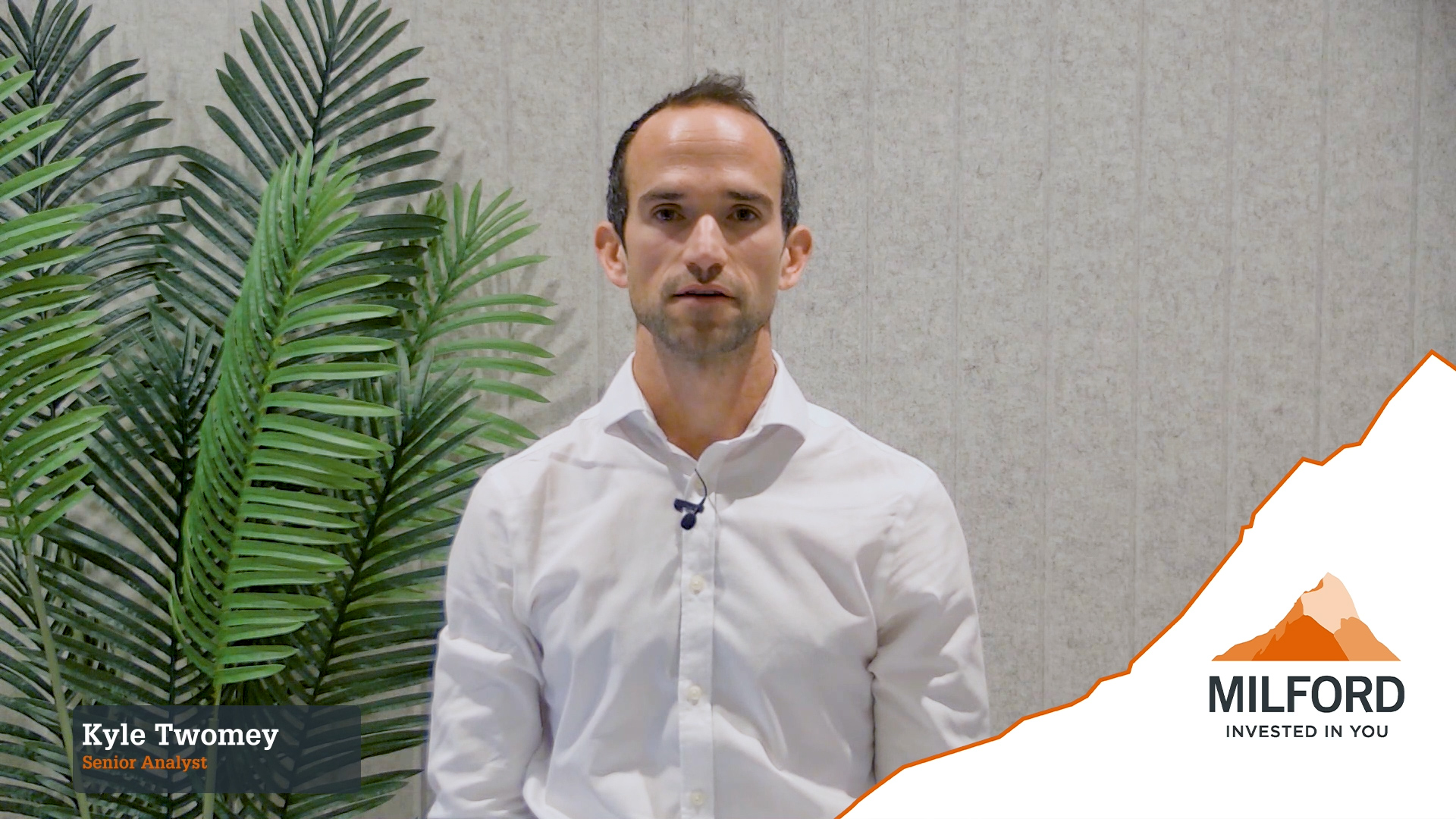Labour leader Phil Goff has spiced up the election campaign with his proposal to raise NZ Super eligibility from 65 to 67. This issue should be rigorously debated because the country cannot afford a universal pension scheme that kicks in at 65 and is not means tested.
The inability of our politicians to establish an effective long-term pension and superannuation scheme is a disgrace, particularly when we look at developments in Australia. Superannuation will continue to be a political issue until we create a realistic, affordable and sustainable scheme.
The old-age pension was introduced in 1898 for those aged 65 and over. It was subject to a rigorous means test that covered income and assets and was only available to those who had lived here for at least 25 years.
This scheme stayed in place for 40 years although the means test was relaxed and the residency requirement reduced to 10 years.
Then came the Social Security Act 1938 which set up a two-tier public pension system:
– A means tested pension, called the age benefit, which became available at 60
– Those not entitled to the age benefit received a small universal payment once they reached 65. This was not means tested. In 1972 the Royal Commission on Social Security recommended a continuation of the existing scheme but that existing pension payments should be increased.
The Labour government rejected this recommendation and introduced an innovative superannuation scheme in 1975 whereby employees contributed a minimum of 4 per cent of gross earnings and employers another 4 per cent.
The scheme was compulsory for all employees but voluntary for the self-employed.
This pioneering scheme was abolished by Robert Muldoon’s National government after only a few months and replaced by New Zealand Superannuation, a universal pension scheme that was available to everyone 60 years and over and not subject to means testing.
Muldoon’s 1975 election campaign, which convinced the voting public that our superannuation pool would become too big, was a dreadful example of fear-mongering in an election.
His subsequent decision to abolish Labour’s compulsory scheme was the country’s worst economic decision.
There have been a number of changes to NZ Super since it was introduced in 1977, including a lift in the retirement age from 60 to 61 in 1992.
Age eligibility was gradually increased from 61 to 65 between 1993 and 2001.
NZ Super cost $8.8 billion or 12.5 per cent of total Crown expenditure in the June 2011 year. This figure will increase dramatically over the next few decades as the number of individuals over 65 increases dramatically.
Australia also has a government pension scheme, called Age Pension, which is means tested. As a result the Age Pension in Australia represents a smaller drain on government finances than NZ Super.
According to a recent comprehensive study by the OECD, Pensions at a Glance 2011, New Zealand is one of the few countries that doesn’t apply a means test to its public pension.
The report assesses all 34 OECD countries and concludes that New Zealand is the only member with a public pension that is not means tested, has no earnings related criteria or direct individual contributions.
A number of non-OECD countries don’t have means testing but they do have other forms of qualification. For example, in the Russian Federation individuals are only eligible for the state pension if they have had at least five years of insurance coverage and some period in public service, including the military.
It is strange that the Labour Party isn’t promoting the introduction of income or asset testing as NZ Super is out of line with the rest of the world. It is ridiculous that wealthy individuals, who have substantial assets and derive significant income from these assets, are entitled to NZ Super.
Instead Labour is focusing on the eligibility age and is proposing to lift it from 65 to 67 between 2020 and 2033.
Many countries have reduced the pension age over the past 50 years but this trend is expected to reverse over the next 40 years.
For example Canada has gone from 69 to 65 over the past half a century, Ireland from 70 to 65, Italy from 60 to 59, Norway from 70 to 67 and Sweden from 67 to 65.
A number of countries are planning to raise the eligibility rate over the next few decades including Denmark from 65 to 67, the United Kingdom from 65 to 68 and the United States from 66 to 67.
Even Greece recognises the burden of its public pension scheme and is proposing to raise the age limit from 57 to 60 over the next few years.
The eligibility age for Age Pension in Australia will increase from 65 to 67 between 2017 and 2023.
Thus the Labour Party’s proposal, which won’t see the 67 threshold reached until 2033, is much more timid that the Australian timetable.
The eligibility age is being raised in many countries because of fiscal constraints as life expectancy and the average retirement age increase.
New Zealand males had a life expectancy of only 56 when the country’s first old age pension was introduced in 1898. This had increased to 71 when the Social Security Act 1938 was enacted and is now 78.
Higher life expectancy places a big burden on government finances, particularly in countries with universal non-contributory pension schemes.
According to the OECD the average effective retirement age for New Zealand men decreased from 69.5 years in 1973 to a low of 62.3 in 1997. However since then it has climbed back to 67.1 years.
New Zealand women have had a similar trend with their average retirement falling from 68.9 in 1973 to a low of 60.1 in 1992 and is now back at 65. There is a very strong case for raising the pension age to 67, particularly for men, because the average male who is still working at 65 will receive a salary, NZ Super and a lump sum payment from his KiwiSaver fund.
No wonder the OECD concludes that New Zealand has the most generous non-contributory public pension scheme.
The obvious solution is that New Zealanders must become more self-reliant and less dependent on the Crown for their retirement income.
Australia, along with many other countries, has made huge progress in this regard and our Tasman neighbours now have A$1.2 trillion ($1.57 trillion) of private superannuation funds compared with only $27 billion in New Zealand.
Pension funds represent 90.9 per cent of Australian GDP compared with only 13.8 per cent of New Zealand’s GDP.
While we continue to argue and politicise superannuation a bill was introduced into the Federal Parliament in Canberra this week which will increase compulsory employer superannuation contributions from 9 per cent to 12 per cent over the next seven years.
In addition the bill will require employers to contribute to compulsory superannuation for workers over 75 years of age while employer contributions in New Zealand cease at 65.
Developments on both sides of the Tasman indicate how Australia is taking a modern approach towards superannuation while we continue to look at retirement ages 20 years ago.
NZ Super should be means tested and the eligibility age raised to 67 while KiwiSaver should be strengthened and expanded.
This includes a requirement that employer contributions should continue for workers over 65 although individuals would have the right to opt out of the scheme once they reach that age.


